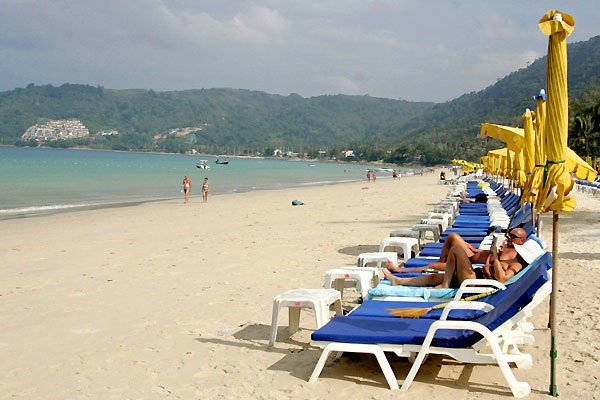|
|
The London Marathon, Dedicated To The Olympic Games In 2012
|
Winters in London are chilly, but rarely below freezing, with daytime highs around 5 °C (41 °F) – 8 °C (46 °F), while spring has mild days and cool evenings. The lowest ever recorded temperature was −21.1 °C (−6 °F) in January 1795. Autumn is usually mild but often unsettled as colder air from the arctic and warmer air from the tropics meet. London is a relatively dry city with regular but generally light precipitation throughout the year, with an average of 583.6 millimetres (22.98 in) every year. This is lower than many cities such as New York, Paris, Sydney and around the same as Jerusalem and San Francisco.
London receives an average of only 1461 hours of sunshine every year.
Snow is relatively uncommon, particularly because heat from the urban area can make London up to 5 °C (9 °F) warmer than the surrounding areas in winter. Some snowfall, however, is usually seen up to a few times a year. The February 2009 Great Britain and Ireland snowfall was the heaviest London had seen for 18 years.
London is in USDA Hardiness zone 9, and AHS Heat Zone 2. Although extreme weather does not happen very often, deep depressions have been known to pass through like the Great Storm of 1987. Tornados are rare, but the Kensal Green area of the city was hit by the 2006 London tornado causing £10 million of damage and injuring 6 people.
|
|









